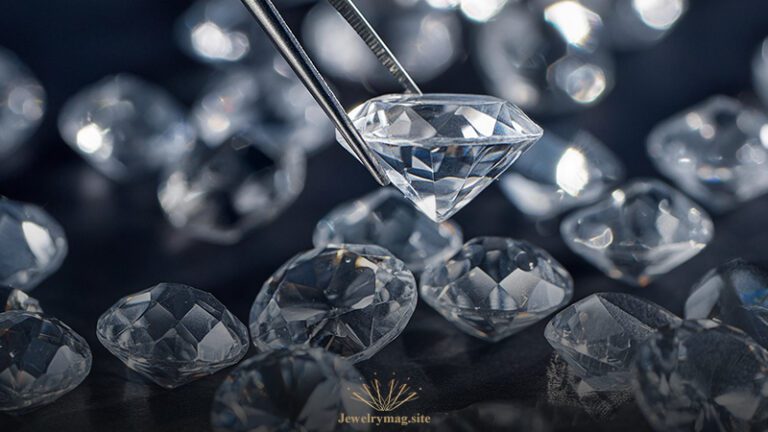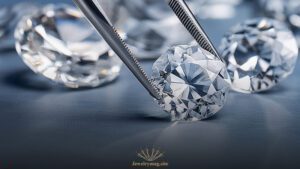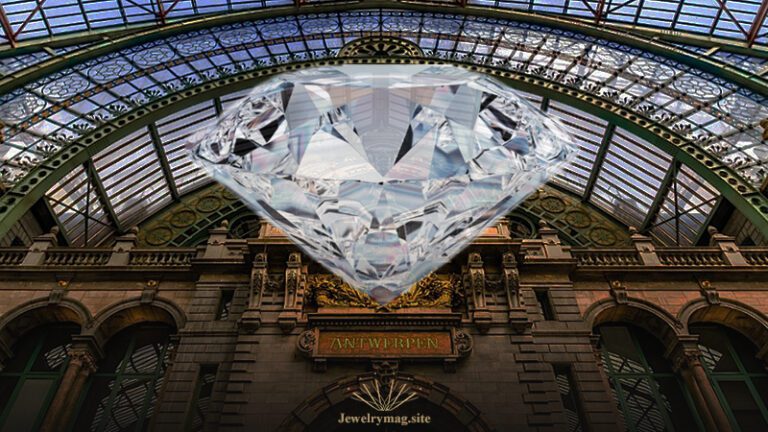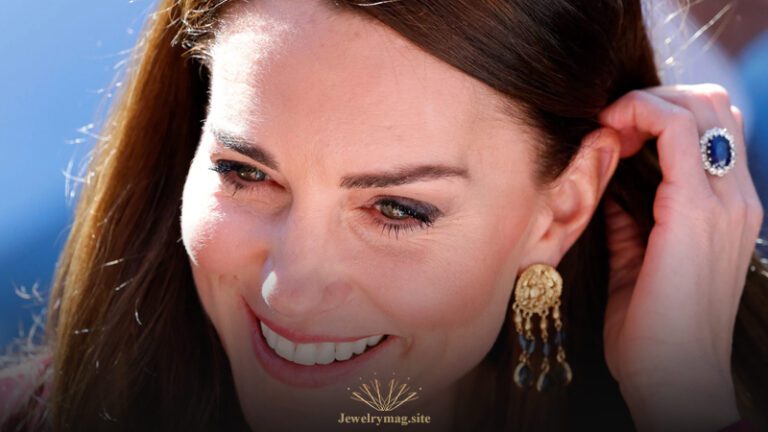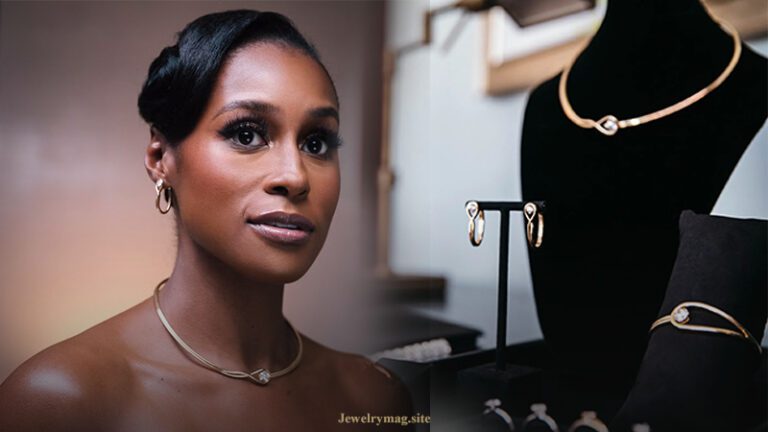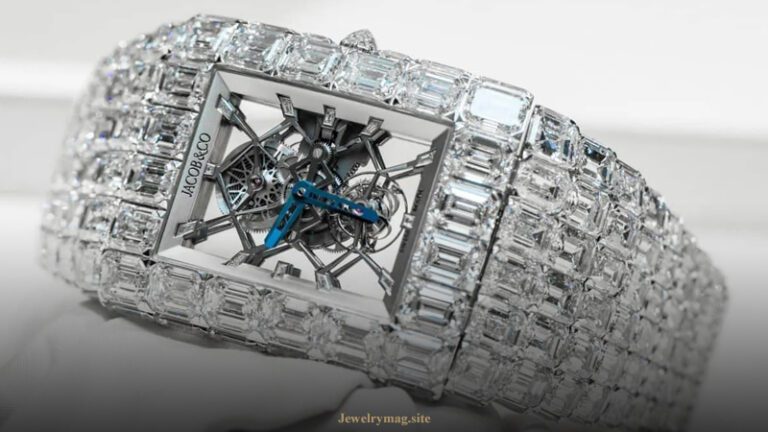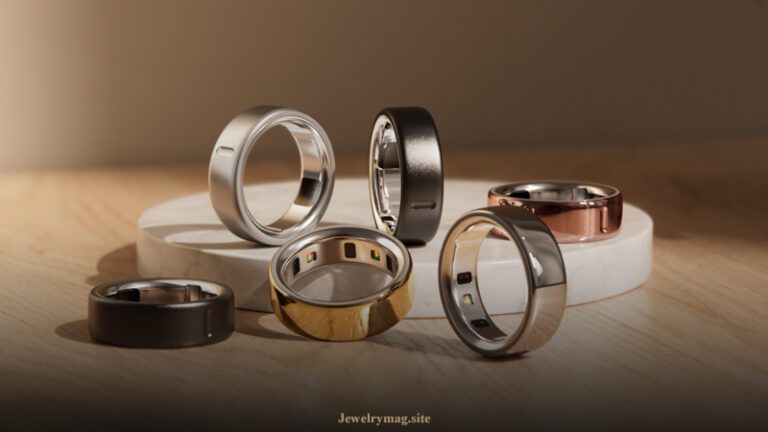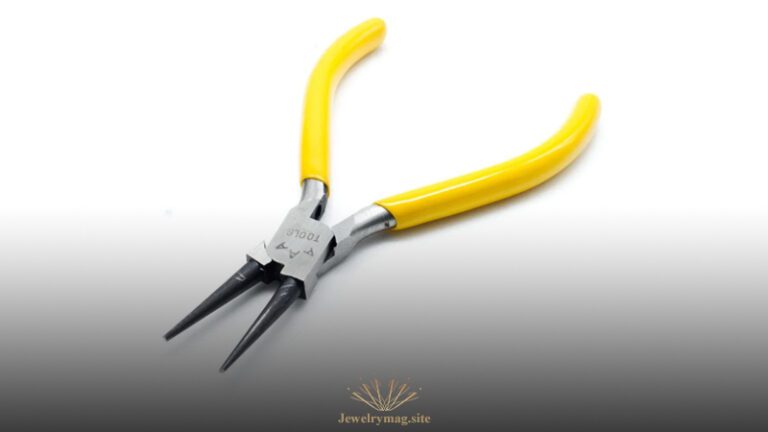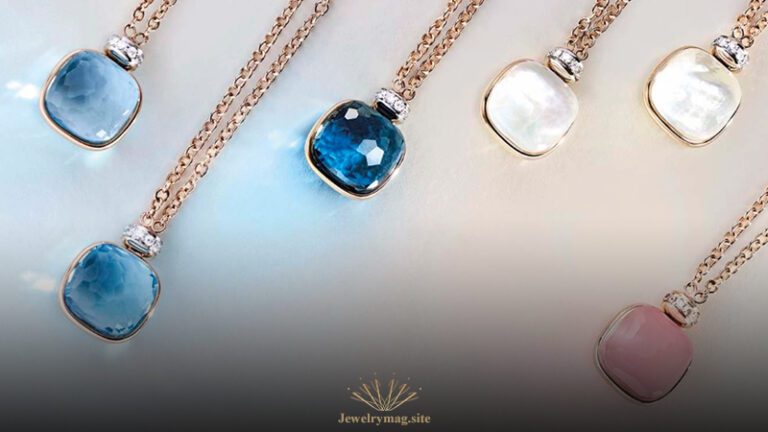In recent years, lab grown diamonds or Synthetic Diamonds have gained significant attention in the jewelry industry. As technology has advanced, so has the ability to create diamonds in a laboratory setting that are virtually identical to those found in nature. This has led to an increase in consumer interest and a lot of questions about the value and worth of lab grown diamonds. Are they a good investment? Do they hold their value over time? Let’s delve into these questions to provide a comprehensive understanding of whether this kind of diamonds are worth anything.
Understanding Lab Grown Diamonds
Lab grown diamonds are created using advanced technological processes that replicate the conditions under which natural diamonds are formed. These diamonds are produced either by High Pressure High Temperature (HPHT) or Chemical Vapor Deposition (CVD) methods. Despite being created in a lab, these diamonds have the same physical, chemical, and optical properties as natural diamonds.
Quality and Characteristics
When considering the worth of lab grown diamonds, it’s important to recognize that their quality can be just as high, if not higher, than that of natural diamonds. these man-made diamonds are graded on the same criteria as natural diamonds: the Four Cs – Cut, Color, Clarity, and Carat weight. This grading ensures that consumers know the exact quality of the diamond they are purchasing.
Cut: The cut of a diamond affects its brilliance and sparkle. Artificial diamonds can be cut to the same high standards as natural diamonds, resulting in beautiful, radiant gems.
Color: Lab grown diamonds come in a range of colors, from colorless to various shades. They can be created to be free of the impurities that cause coloration in natural diamonds, allowing for a wide selection of stunning stones.
Clarity: Since lab conditions can be controlled, these diamonds often have fewer inclusions and imperfections compared to natural diamonds, resulting in higher clarity.
Carat: Lab grown diamonds are available in all carat sizes, allowing consumers to choose the size that best fits their needs and budget.
Cost Efficiency
One of the most compelling reasons people consider lab grown diamonds is their cost efficiency. On average, this kind of diamonds are 20-40% less expensive than their natural counterparts. This significant price difference is due to the shorter supply chain and the ability to produce diamonds on demand. For consumers, this means they can get a larger or higher quality diamond for the same price they would pay for a smaller or lower quality natural diamond.
Ethical and Environmental Considerations
Lab grown diamonds also appeal to consumers who are concerned about the ethical and environmental implications of diamond mining. Traditional diamond mining can have significant environmental impacts, including habitat destruction and water pollution. Additionally, the history of conflict diamonds, also known as blood diamonds, has led many consumers to seek more ethical alternatives.
Lab grown diamonds provide a solution to these concerns. They are created in a controlled environment, free from the environmental degradation associated with mining. Moreover, because they are produced without the human rights abuses that have historically plagued some diamond mining operations, these man-made diamonds are considered a more ethical choice.
Resale Value and Investment
A common concern among consumers is the resale value and investment potential of lab grown diamonds. While natural diamonds have long been seen as a form of investment, the market for man-made diamonds is still relatively new. As a result, lab grown diamonds do not currently hold their value in the same way that natural diamonds do.
The resale market for lab grown diamonds is limited, and they typically do not appreciate over time. However, it’s important to consider that the primary purpose of purchasing a diamond is often not as an investment, but rather as a piece of jewelry to be cherished and enjoyed. When viewed through this lens, the cost savings and ethical benefits of Synthetic Diamond can outweigh concerns about resale value.
Market Trends and Future Value
The market for lab grown diamonds is growing rapidly. As technology continues to improve, the production process will become more efficient, potentially driving prices down even further. However, this could also lead to greater acceptance and demand for lab grown diamonds, which may positively influence their value in the long term.
As more consumers become aware of the benefits of lab grown diamonds, from their environmental advantages to their cost efficiency, it is possible that they will gain a stronger foothold in the jewelry market. This growing acceptance could lead to better resale values in the future.
Comparing Lab Grown Diamonds and Natural Diamonds
When comparing lab grown diamonds to natural diamonds, several factors come into play. Here is a breakdown to help understand the differences:
Origin:
- Lab Grown Diamonds: Created in a controlled lab environment.
- Natural Diamonds: Formed over billions of years in the Earth’s mantle.
Price:
- Lab Grown Diamonds: Generally 20-40% cheaper.
- Natural Diamonds: More expensive due to rarity and mining costs.
Environmental Impact:
- Lab Grown Diamonds: Eco-friendly with minimal environmental damage.
- Natural Diamonds: Significant environmental impact due to mining.
Ethics:
- Lab Grown Diamonds: Free from concerns associated with conflict diamonds.
- Natural Diamonds: Potential issues with conflict diamonds and human rights abuses.
Resale Value:
- Lab Grown Diamonds: Lower resale value, not seen as an investment.
- Natural Diamonds: Higher resale value, often seen as a form of investment.
Consumer Perception
Consumer perception plays a critical role in determining the worth of lab grown diamonds. Traditionally, natural diamonds have been perceived as symbols of love, luxury, and rarity. However, as societal values shift towards sustainability and ethical consumption, Synthetic Diamonds are gaining popularity.
Millennials and Gen Z, in particular, are more environmentally conscious and are driving the demand for sustainable and ethical products. Lab grown diamonds fit well with these values, making them an attractive choice for younger consumers. As this demographic continues to grow in purchasing power, the demand for lab grown diamonds is likely to increase.
Leading Countries in Lab Grown Diamond Production
- United States
- The U.S. is a pioneer in the lab grown diamond industry, with numerous companies utilizing advanced technology to produce high-quality diamonds. The American market is known for stringent quality standards and ethical practices.
- India
- India has become a significant player in the lab grown diamond market, primarily due to its established expertise in diamond cutting and polishing. The country’s large-scale production capabilities and cost-effective processes make it a key player.
- China
- China is one of the largest producers of lab grown diamonds, leveraging its technological advancements and manufacturing efficiency. Chinese companies are known for their ability to produce diamonds on a massive scale, making them competitive in the global market.
- Russia
- Russia has a strong tradition in diamond research and technology, with significant contributions to the lab grown diamond industry. Russian companies are known for their high-quality production methods and extensive research capabilities.
Top Brands Producing Lab Grown Diamonds
- Diamond Foundry (USA)
- Diamond Foundry is a leading American brand known for producing lab grown diamonds using a proprietary plasma reactor technology. The company emphasizes sustainability and ethical production, with a strong commitment to environmental responsibility.
- Pure Grown Diamonds (USA)
- Pure Grown Diamonds is one of the largest producers of Synthetic Diamonds in the United States. They use Chemical Vapor Deposition (CVD) technology to create diamonds that are chemically, physically, and optically identical to mined diamonds.
- Lightbox Jewelry (USA)
- Owned by De Beers, Lightbox Jewelry offers affordable, high-quality man-made diamonds. The brand focuses on transparency in pricing and offers a straightforward approach to diamond purchasing.
- ALTR Created Diamonds (USA)
- ALTR is renowned for its high-quality lab grown diamonds and innovative designs. The company focuses on creating unique, custom jewelry pieces with a strong emphasis on sustainability and ethical sourcing.
- IIa Technologies (Singapore)
- IIa Technologies is a major player in the global lab grown diamond market, known for its advanced CVD technology. The company produces high-purity diamonds for both the jewelry and industrial sectors.
- New Diamond Technology (NDT) (Russia)
- NDT is known for producing some of the largest and highest quality synthetic diamonds. Their diamonds are often used for both industrial applications and fine jewelry, reflecting the company’s technological expertise.
- Scio Diamond Technology Corporation (USA)
- Scio Diamond is known for its high-quality lab grown diamonds produced using the HPHT method. They cater to both the gemstone market and various industrial applications.
- MiaDonna (USA)
- MiaDonna focuses on providing eco-friendly and conflict-free lab grown diamonds. The brand is dedicated to ethical practices and uses its profits to fund agricultural projects in diamond mining communities.
Conclusion: Are Lab Grown Diamonds Worth Anything?
In conclusion, lab grown diamonds are indeed worth something. They offer high quality, ethical, and environmentally friendly alternatives to natural diamonds at a more affordable price. While they may not hold their value as well as natural diamonds in the resale market, their worth lies in their beauty, quality, and the peace of mind they offer to ethically and environmentally conscious consumers.
The worth of man-made diamonds also depends on individual preferences and values. For those who prioritize sustainability and ethical sourcing, lab grown diamonds provide a clear advantage. For others who see diamonds as an investment, natural diamonds might still hold more appeal.
As the market for synthetic diamonds continues to evolve, it’s possible that their value and acceptance will grow, making them a more mainstream choice for consumers around the world. Whether you’re looking for a stunning engagement ring or a beautiful piece of jewelry, lab grown diamonds are a worthwhile consideration that offer a modern take on a timeless classic.

